Now 85 years of age, the elder Herzog has lived long enough for technology to catch up to the Kodachrome dilemma and allow him to share his work. That technology — archival digital ink jet printing — has zoomed past Herzog's once dead-end Kodachrome slides for a new life. And that new life is beginning to explode within the connoisseurs and collectors of photography, thanks to Vancouver art dealer Andy Sylvester who was visionary enough to believe in him and exhibit his ink jet prints.
Read more about Fred Herzog's work here in a comprehensive article by Timothy Taylor and see more of Herzog's images at the Equinox Gallery in Vancouver.
All images © Fred Herzog
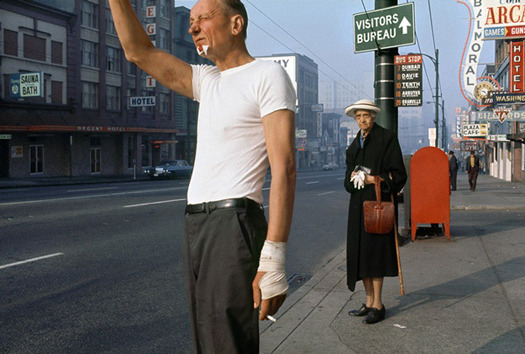
Man with Bandage
Ink Jet Print
20 x 29.5 in. image size
1968
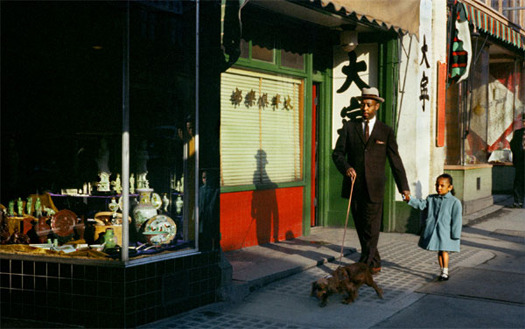
Black Man Pender
Ink Jet Print
19 x 30 in. image size
1958
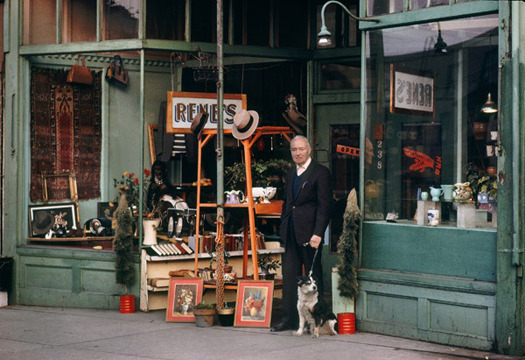
Rene's
Ink Jet Print
20 x 29.25 in. image size
1964
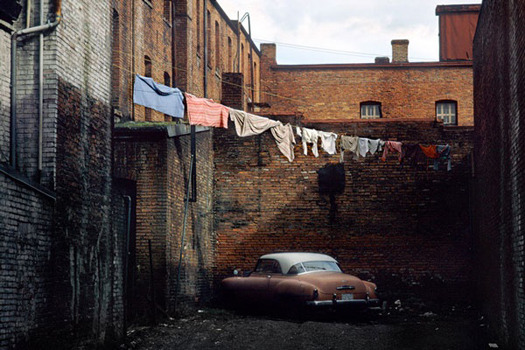
Victoria
Ink Jet Print
20 x 30 in. image size
1967
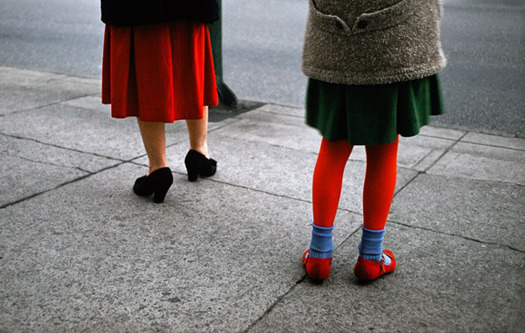
Red Stockings
Ink Jet Print
19 x 30 in. image size
1961
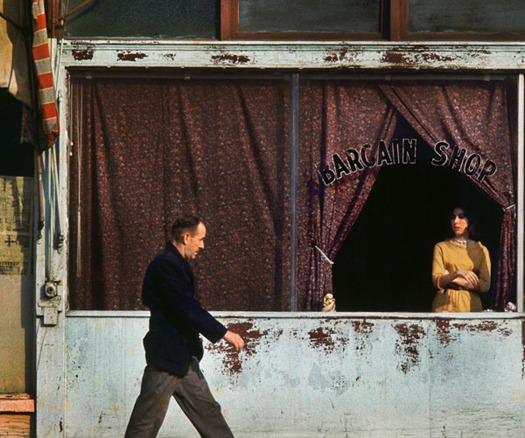
Bargain Shop
Ink Jet Print
20 x 24 in. image size
1962
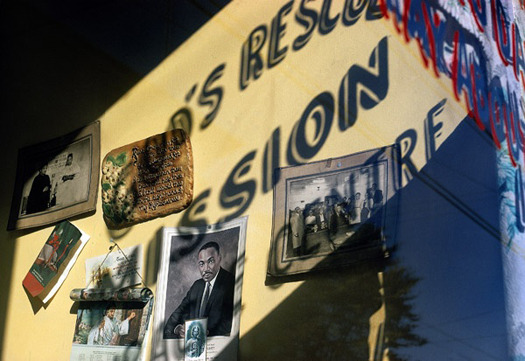
Martin Luther King
Ink Jet Print
20 x 30 in. image size
1970
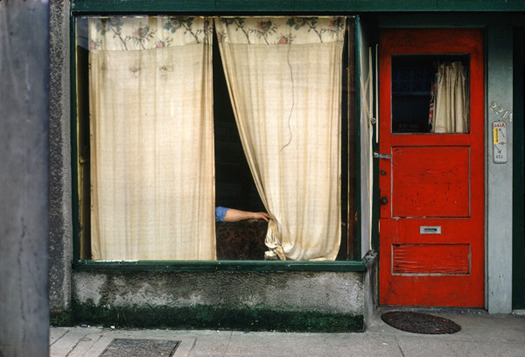
Curtains
Ink Jet Print
20 x 29.5 in. image size
1972

Salvage Ass’n
Ink Jet Print
20 x 29 in. image size
1958
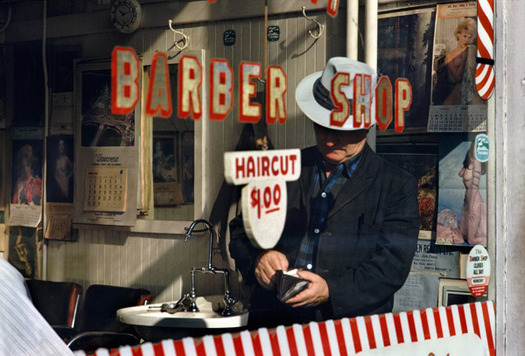
Barber
Ink Jet Print
20 x 29.5 in. image size
1967
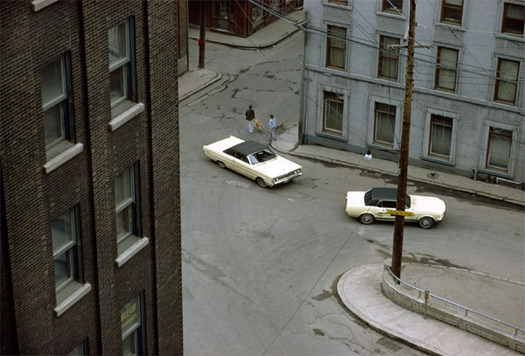
Two White Cars, Quebec City
Ink Jet Print
20 x 29.5 in. image size
1969
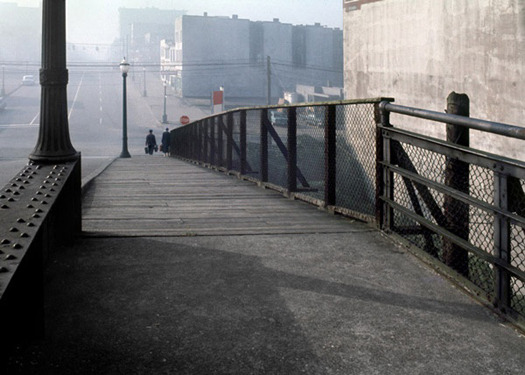
CN Bridge Main
Ink Jet Print
20 x 28 in. image size
1966
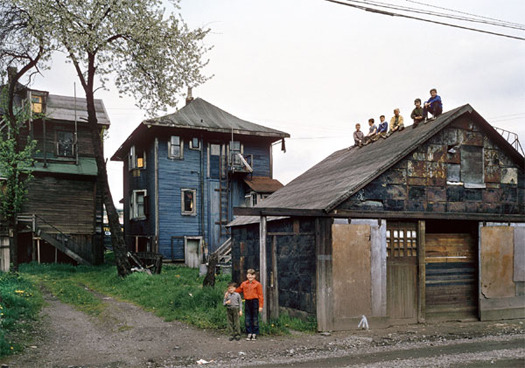
Boys on Shed
Ink Jet Print
20 x 28.5 in. image size
1962
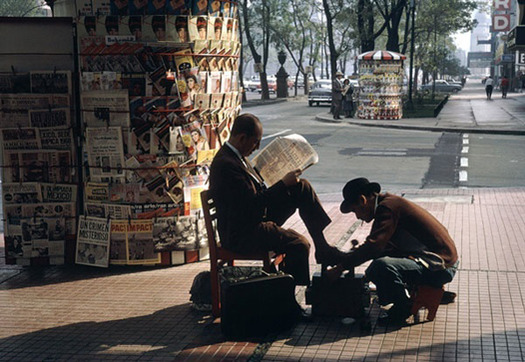
Mexico City Shoe Shine
Ink Jet Print
20 x 29 in. image size
1963
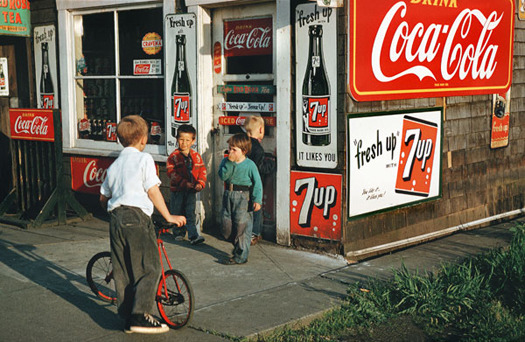
Bogners Grocery
Ink Jet Print
19.5 x 30 in. image size
1960
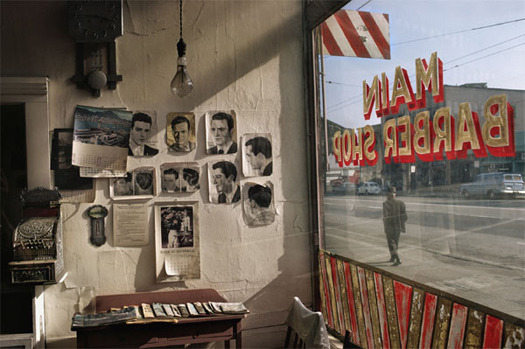
Main Barber
Ink Jet Print
12 x 18 in. image size
1968
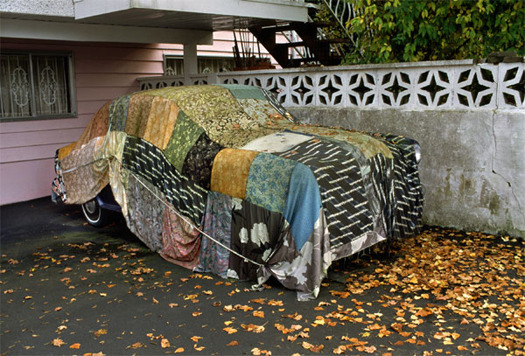
Isabella & Quilt
Ink Jet Print
20 x 29.5 in. image size
2000

Lucy/Georgia
Ink Jet Print
20 x 29.5 in. image size
1968
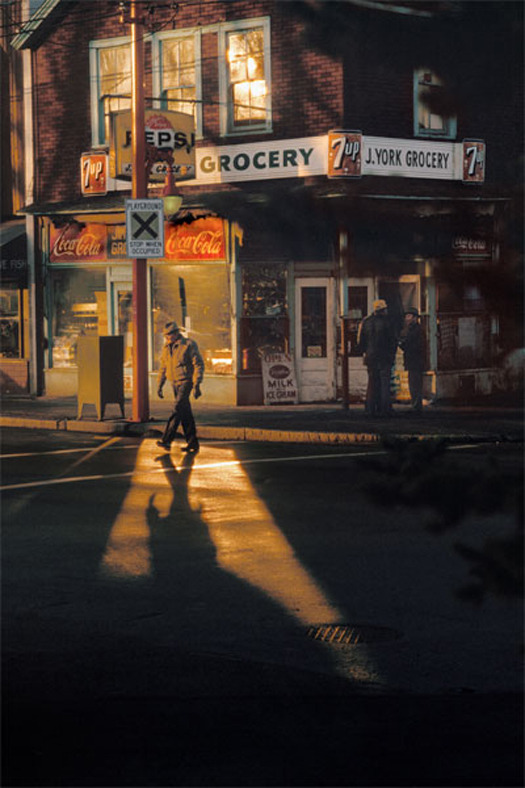
Crossing Powell
Ink Jet Print
30 x 20 in. image size
1984

Star Weekly
Ink Jet Print
20 x 29 in. image size
1965
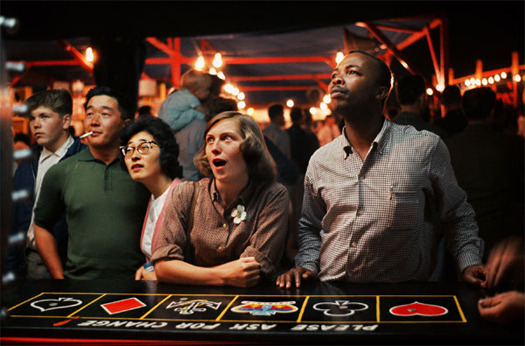
Jackpot
Ink Jet Print
20 x 30 in. image size
1961
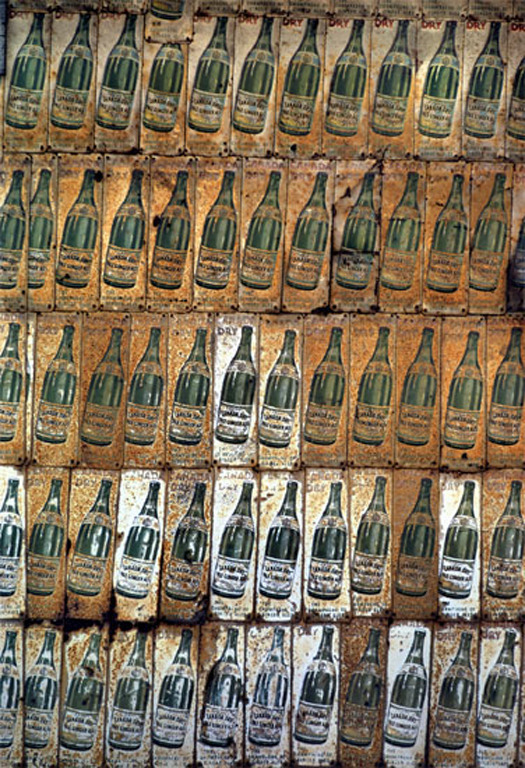
Canada Dry
Ink Jet Print
29.25 x 20 in. image size
1966
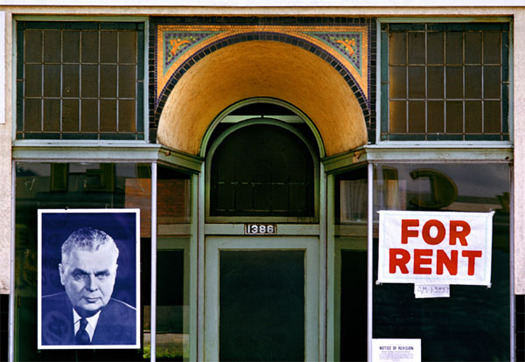
Diefenbaker
Ink Jet Print
20 x 29 in. image size
1962
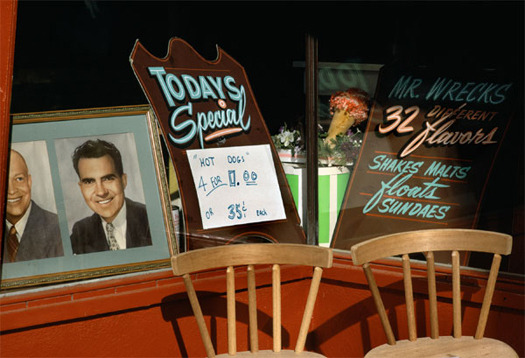
Eisie and Dick
Ink Jet Print
20 x 29.25 in. image size
1974

Wild Animal
Ink Jet Print
20 x 24.5 in. image size
1960
